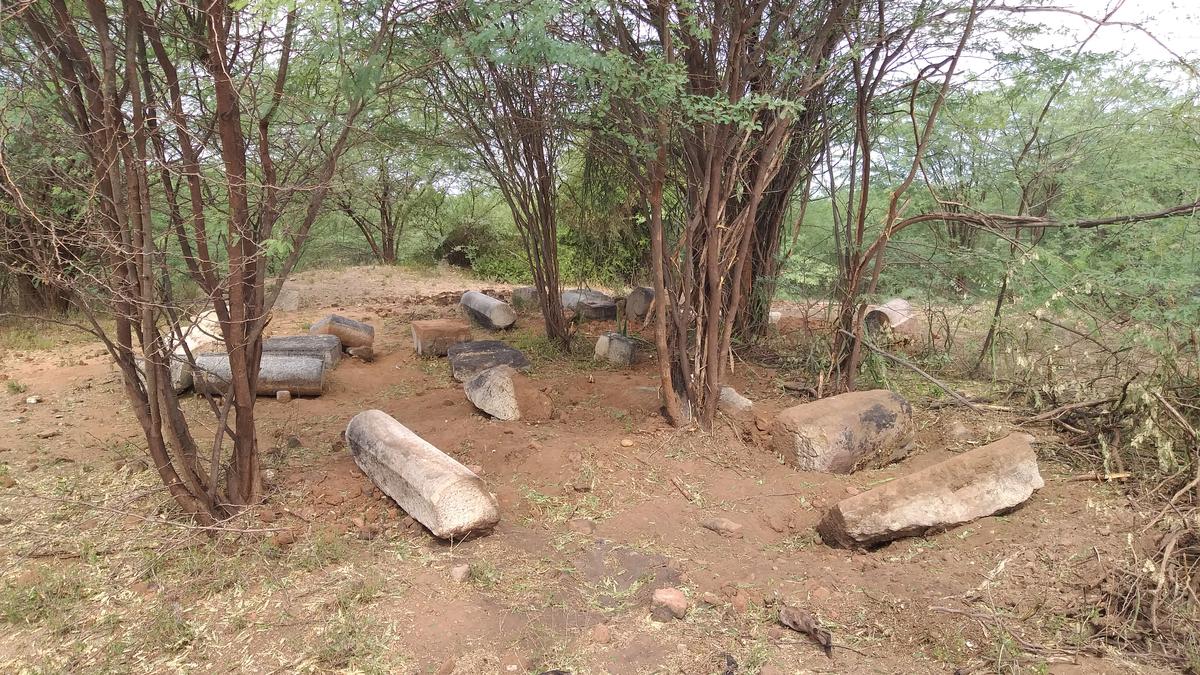
A Jain centre of learning that existed in a village in Virudhunagar district
The Hindu
Virudhunagar district in Tamil Nadu has many places of historical importance, with recent excavations revealing 3,000 year old findings & Jain sculptures from 8th-11th Century CE.
Virudhunagar district, which has many places of historical importance, has risen to prominence in Tamil Nadu’s archaeological map recently, thanks to the excavations being done at Vembakkottai on the banks of the Vaippar by the State Department of Archaeology.
In March 2022, while inaugurating the first phase of excavations at the site, Finance Minister Thangam Thennarasu, who also handles the Department of Archaeology, had said there could be exciting findings as the site appeared to be around 3,000 years old.
The findings from the site over the past two years, many of which are showcased at an on-site museum opened by the State government, seemed to prove the Minister’s remarks. While the limelight is on Vembakkottai, it is also worth highlighting a few other recent archaeological findings from Virudhunagar district, particularly those that throw light on the prevalence of Samanam or Jainism, the relics of which have already been found at many places around Madurai.
Vaippatrankaraiyin Varalatru Thadam (The historical traces on the banks of the Vaippar), a recently published collection of articles based on the eponymous conference organised by the Virudhunagar district administration, has documented these findings.
The most important among them is the discovery of a site at Pulloor, a village near Kariapatti, which is believed to have housed a Samana palli (a Jain school or centre of learning) in the 8th Century to 10th Century CE. Though only a few inscriptions, besides a pile of stones, have survived at the site, these inscriptions give valuable insights.
According to an article written by R. Udhayakumar, of the Madurai-based Pandya Nadu Centre for Historical Research (PNCHR), at least four inscriptions have been found at the site, all of which speak of the goats donated for making ghee from their milk to light lamps at the school. Two of them highlight the period in which the donations were made.
According to the article, one of the inscriptions mentions that 50 goats were donated during the fourth regnal year of a Pandyan ruler named Maran Sadaiyan, which the author says was in the late 8th Century. The inscription also identifies the place as Venbunaatu Tirupulloor, indicating that the village has partially retained its name for more than 1,000 years.











